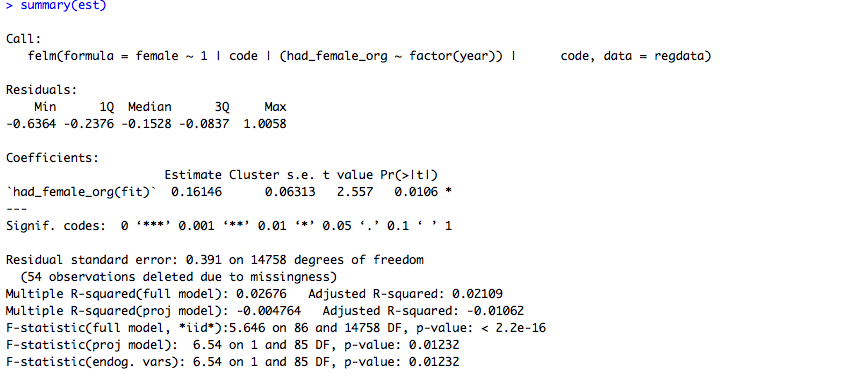

This method is quite general, and allows alternative regression specifications using different link functions. Repeated subject=identifier / type=ind run This will automatically generate a set of dummy variables for each level of the variable "identifier".Ĭlustered standard errors may be estimated as follows: Model depvar = indvars identifier / solution run Model depvar = indvars / solution noint run Ībsorption is computationally fast, but the individual fixed effects estimates will not be displayed. (Note that, unlike with Stata, we need to supress the intercept to avoid a dummy variable trap.) SAS finally caught up though.Ī regression with fixed effects using the absorption technique can be done as follows. Use ODS to capture these statistics, which always seemed silly to me. Thanks to Guan Yang at NYU for making me aware of this. The covariance matrix of the standard errors. You can use the option acov instead of hcc if you want to see SAS now reports heteroscedasticity-consistent standard errors and t-statistics with the hcc option: It is meant to help people who have looked at Mitch Petersen's ProgrammingĪdvice page, but want to use SAS instead of Stata.Ī test data set that you can use to compare the output below to see how well they agree.


#CLUSTER STANDARD ERRORS STATA HOW TO#
This page shows how to run regressions with fixed effect or clustered standard errors, or Fama-Macbeth regressions Clustering, Fixed Effects, and Fama-MacBeth in SAS Notes on Clustering, Fixed Effects, and Fama-MacBeth regressions in SAS Noah Stoffman, Kelley School of Business, Indiana UniversityĬode updated June, 2011 Links updated August, 2016


 0 kommentar(er)
0 kommentar(er)
